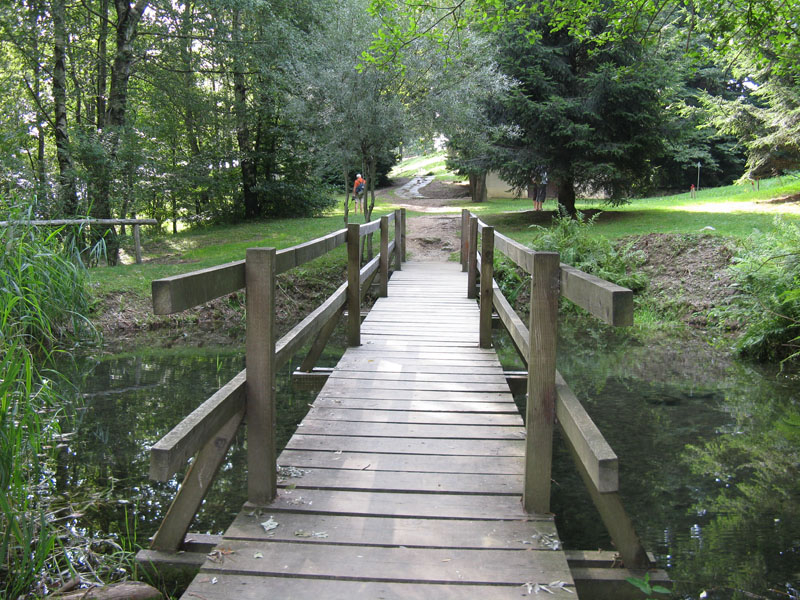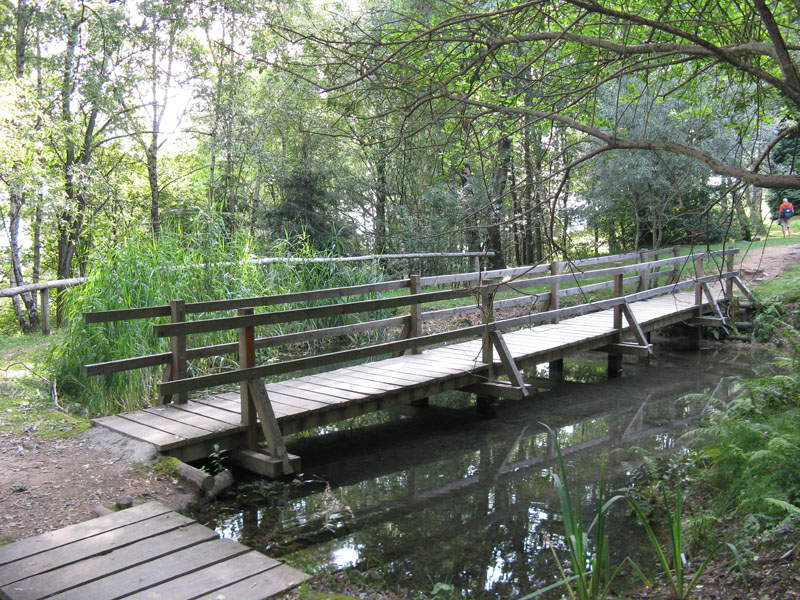The Botanical Gardens of Alpinia
The Botanical Gardens of Alpinia, covering approximately four hectares, is located on the slopes of Mount Mottarone, a high point in the Pre-Alps between Lake Maggiore (Verbano) and Lake Orta (Cusio).
Alpinia, located in the hamlet of Alpino di Stresa (province of Verbano - Cusio - Ossola, VB), can be reached by car from Stresa by following the signs for Gignese or from Lake Orta by passing through Armeno; alternatively, it can be reached by the cable car that goes from the waterfront of Carciano di Stresa to the top of Mount Mottarone - if you choose to take the cable car, you should get off at the intermediate stop: Alpino.
The Alpinia Botanical Garden, established in 1934 by Igino Ambrosini and Giuseppe Rossi, was created with the aim of protecting one of the most panoramic spots in the Alpine hamlet. Thanks to this initiative, visitors can still walk through the rocky flowerbeds of the park up to the panoramic point where the slope offers an enchanting view of Lake Maggiore, ranging from the islands of the Borromeo Gulf to the surrounding mountain ranges.
The area in which Alpinia arises, which falls within the so-called “insubric” (warm and humid) zone of Piedmont, exhibits a unique flora adapted to the mild climate with an oceanic imprint that comes from the nearby lakes. The flowerbeds contain a number of species that are typical to this area, but less prevalent at a regional level (Erythronium dens-canis ), along with numerous ferns (Osmunda regalis, Blechnum spicant, Matteuccia struthiopteris), moorland and heath plants (Calluna vulgaris, Cytisus scoparius), Chamaecytisus hirsutus , Gentiana purpurea), acidophilus coarse meadow plants (Anthericum liliago, Arnica montana , Gentiana acaulis ) and plants found in dry meadows, clearings or outcrops of rocks (Allium lusitanicum, Filipendula vulgaris, Polygonatum odoratum , Potentilla rupestris).
The altitude of the garden enables both higher and lower altitude species to acclimatise to it. To this day, the botanical collection of the garden consists of approximately 750 species, the majority of which can be found in Alpine ranges. The most prevalent species in the flowerbeds include: Artemisia, Centaurea [2 photos], Dianthus, Geranium [photo of G. sanguineum], Pulsatilla [photo of Pulsatilla patens], Rhododendron and Silene [photo of Silene saxifraga].
The flowerbeds also host species with noticeable blooms (Papaver atlanticum, Senecio abrotanifolium ) and around 80 cultivars (Cosmos bipinnatus). In addition to the well-known Edelweiss (Leotopodium alpinum ), the flowerbeds contain endemic species from the western Alps (Potentilla grammopetala, Campanula excisa, Sempervivum grandiflorum) and from the calcareous pre-Alps (Inula helenium , Horminum pyrenaicum , Primula glaucescens), as well as species of conservation interest (Eryngium alpinum , Aquilegia alpina, Gentiana lutea, Tulipa sylvestris ssp. australis), species of limited regional distribution (Epimedium alpinum, Saponaria lutea) and those with truly magnificent blooms (Dictamnus albus, Pulsatilla vulgaris). The Alpinia collection also houses plants from other mountain areas: The Caucasus (Eryngium giganteum, Heracleum mantegazzianum), the Pyrenees (Potentilla alchemilloides), the Himalayas (Aster stracheyi, Gentiana tibetica, Incarvillea mairei) and plants North America (Anemone canadensis, Dodecandrum tetrandrum, Heliopsis scabra).
The collection of rhododendrons is a true spectacle, and it includes several Asian and indigenous species (Rhododendron ferrugineum, R. hirsutum). Near the pond located to the east of the park, you can find a number of hygrophilous species in the marshy area (Iris pseudacorus, Phragmites australis, Scirpus sylvaticus, Thelypteris palustris) where there’s also a flowerbed containing a selection of bog species (Menyanthes trifoliata, Rhyncospora alba) as well as a variety of small yet captivating insectivore plants (Drosera intermedia, D. rotundifolia).
Finally, down from the wetland, there is a path surrounded by numerous specimens of spontaneous tree and shrub species (Acer pseudoplatanus, Castanea sativa, Fagus sylvatica, Frangula alnus, Fraxinus excelsior, Juniperus communis, Laburnum anagyroides , Sorbus aria, S aucuparia) as well as trees and shrubs planted for educational purposes (Abies normanniana, Betula costata, Ostrya carpinifolia, Quercus ilex).
Entrance fee.















